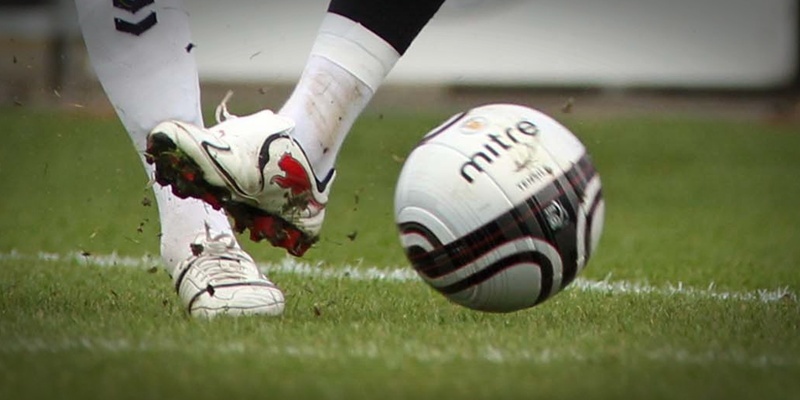It remains unclear as to what impact intense football training has on the bone growth of young males.
But in a bid to answer this question, researchers at Dundee University are on a quest to find boys who do not play a lot of football or sports.
The research team are already working with footballers at the Youth Academy of Rangers Football Club. Now they need to find similarly aged boys who are not involved with the same kind of training and sport-playing regime, so they can compare the effects targeted training may have on bone growth.
Professor Rami Abboud is director of the Institute of Motion Analysis and Research (IMAR) at the university. He said, “Although football is a major global sport there is a significant weakness in the scientific literature as to whether targeted exercise training and many hours of practice are actually beneficial to growing individuals.
“The limited knowledge is worrying with respect to the short and long-term welfare of young footballers, as well as society as a whole, due to the ever-increasing focus on promoting a healthy lifestyle in order to tackle childhood obesity.”
Boys taking part in the research project will have their movements captured using the same kind of hi-tech motion analysis that is used to produce computer games, such as the FIFA football games, and movies. As part of the project the boys will each be asked to visit IMAR, where specialist cameras will be used to capture their movements in 3D.
“We already have a good group of young footballers engaged with the study, thanks to the part Rangers are playing in the study,” said Professor Abboud, “but we need another group of non-sports-playing boys so we can start to make comparisons between the two different types.”
The ongoing research project is a joint venture between IMAR, Rangers Football Club and another two of the university’s internationally renowned centres the Centre for Anatomy and Human Identification, which recently featured in the BBC2 series History Cold Case, and the Institute of Sports and Exercise, which has been chosen as one of the centres for training for the Glasgow Commonwealth Games in 2014.
Professor Abboud said, “Understanding the long-term growth and development of individuals could significantly influence school curricular activities and professional training regime policies, therefore this research has the potential to improve the overall health of our future society.”
Researchers are looking for 12-14-year-old boys in good health to help with the project. Anyone who is interested should email imar@dundee.ac.uk, phone 01382 496332, or write to The Institute of Motion Analysis and Research (IMAR), TORT Centre, Ninewells Hospital & Medical School, Dundee, DD1 9SY. Travel expenses will be reimbursed.
